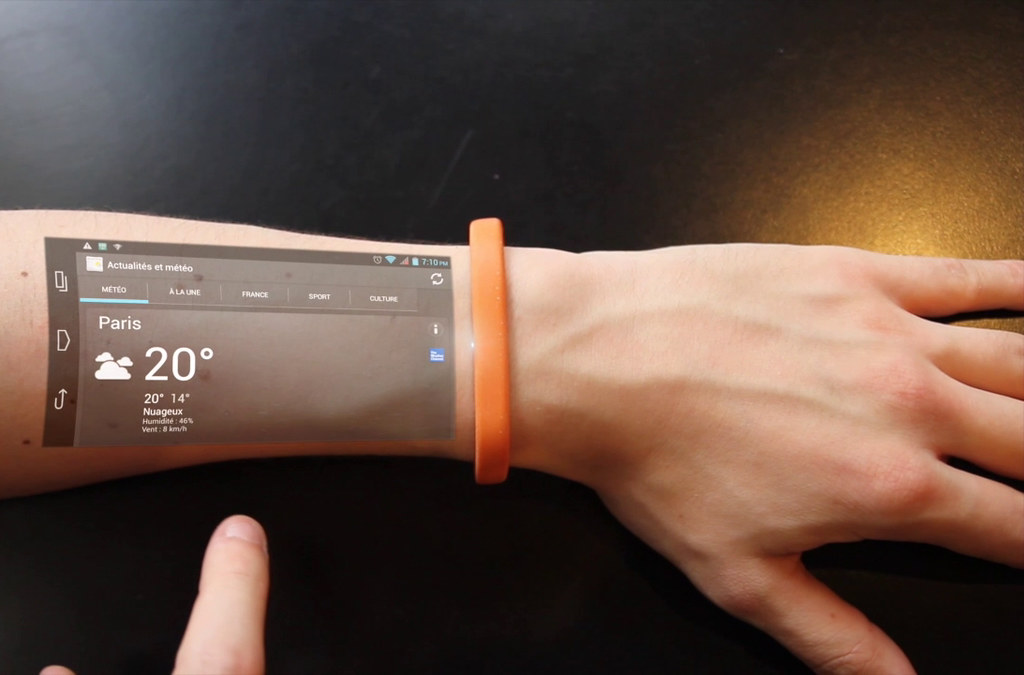In recent years, smart wearables have transformed from simple fitness trackers into powerful health and medical tools. By 2025, these devices—equipped with advanced sensors and artificial intelligence (AI)—are reshaping how we monitor, understand, and manage our health both in everyday life and clinical settings. From detecting early warning signs of illness to offering personalized fitness coaching, smart wearables are becoming indispensable companions on the journey to better well-being.
The Evolution of Smart Wearables in Health
What started as pedometers counting steps now includes rings, watches, clothing, and even implants capable of tracking a wide array of vital signs and biochemical markers 24/7. Modern wearables measure heart rate, blood oxygen levels, temperature, hydration, sleep quality, blood sugar, stress, and more—with many devices integrating AI to analyze this data in real time.
This progress brings health monitoring out of the clinic and into daily life, enabling proactive care instead of reactive treatment. Continuous data collection offers a comprehensive, historical view of health trends, helping individuals and healthcare providers make informed decisions quickly and accurately.
Key Innovations Driving Fitness & Medical Wearables in 2025
1. Advanced Sensors & Non-Invasive Monitoring
Cutting-edge biosensors embedded in smartwatches, rings, and clothing track essential physiological markers without the discomfort of needles or bulky equipment. For example, continuous glucose monitors (CGMs) provide real-time blood sugar data through skin contact, bypassing fingersticks and empowering diabetes management.
Smart fabrics are an emerging innovation, incorporating sensors directly into textiles to monitor muscle activity, posture, and circulation—all while worn like regular clothes. This reduces user friction and boosts compliance with health tracking regimens.
2. AI-Powered Personalized Health Insights
Artificial intelligence is the engine converting raw sensor data into meaningful health insights and recommendations. AI algorithms detect abnormalities such as irregular heart rhythms or significant blood sugar changes before symptoms arise, alerting users and caregivers immediately.
Beyond alerts, AI delivers personalized coaching—suggesting hydration, rest, or exercise tailored to the user’s unique health profile and daily habits. This adaptive learning over time optimizes outcomes and engagement, making wearables proactive health partners.
3. Predictive & Preventive Healthcare
Wearables now play a crucial role in predicting health events like seizures, asthma attacks, or hypertension crises by identifying physiological warning signs early. Devices such as the FDA-approved epilepsy-monitoring smartwatches send alerts to caregivers to prevent emergencies.
For chronic disease patients, wearables enable remote monitoring, reducing hospital visits and offering real-time data for doctors to tailor treatment plans more effectively. This level of continuous, real-time care improves chronic condition management and overall quality of life.
4. Integration with Healthcare Systems
Smart wearables that continuously upload data to health care providers’ digital platforms are becoming parts of integrated, connected health ecosystems. Doctors gain access to consistent, objective patient data, improving diagnosis and treatment planning.
In hospital settings, wearable patches and sensors help staff by automating vital sign monitoring, freeing up time and reducing errors. Telemedicine and AI diagnostic tools combined with wearables enhance preventive care, increase efficiency, and promote patient safety.
Popular Smart Wearable Devices in 2025
- Oura Ring: Tracks sleep, heart rate, temperature, and activity to provide readiness scores and illness onset indicators.
- Empatica Embrace: FDA-cleared smartwatch for detecting and alerting seizures.
- WHOOP Strap: Monitors heart rate variability and sleep quality to guide recovery and performance.
- Dexcom G7 & FreeStyle Libre 3: Advanced continuous glucose monitors offering real-time data and alerts.
New devices continue to emerge with capabilities extending beyond monitoring, including smart implants providing accurate physiological measurements internally and therapeutic wearables delivering personalized treatments like insulin microdoses or pain relief.
Impact on Fitness and Everyday Wellness
The fitness industry benefits tremendously from wearable innovations. Smartwatches and fitness bands now incorporate GPS, SpO2 monitoring, stress detection, and AI-powered training plans, adapting workouts for optimal results. Smart clothing sensors help athletes fine-tune technique and avoid injuries.
Virtual reality combined with wearables is making workouts immersive and motivating, transforming exercise into dynamic, engaging experiences with social aspects. Moreover, wearables’ health data aids in balancing training intensity with recovery to prevent overtraining.
Challenges and the Future of Smart Health Wearables
Despite rapid advancements, challenges remain, including data privacy, device costs, and integration with medical infrastructure. Continued development aims to enhance accuracy, affordability, and broader acceptance among healthcare professionals.
Looking ahead, smart wearables are poised to shift from tools that primarily collect data to comprehensive health assistants providing personalized therapy, nutrition, and lifestyle advice—all seamlessly embedded in daily life.
Conclusion
Smart wearables in health and medicine in 2025 represent a major leap toward personalized, preventive, and connected healthcare. These innovations are empowering individuals to understand their bodies better and enabling healthcare providers to deliver more timely, targeted care. Whether used for fitness enhancement, chronic disease management, or early illness detection, smart wearables are transforming health from a reactive to a proactive experience.
If you want to take control of your health and fitness journey with cutting-edge technology, now is the time to explore smart wearables. Experience personalized insights, real-time alerts, and a holistic approach to wellness tailored just for you.
Call to Action:
Discover the perfect smart wearable to enhance your health and fitness today. Embrace the future of wellness and make technology work for your well-being.





